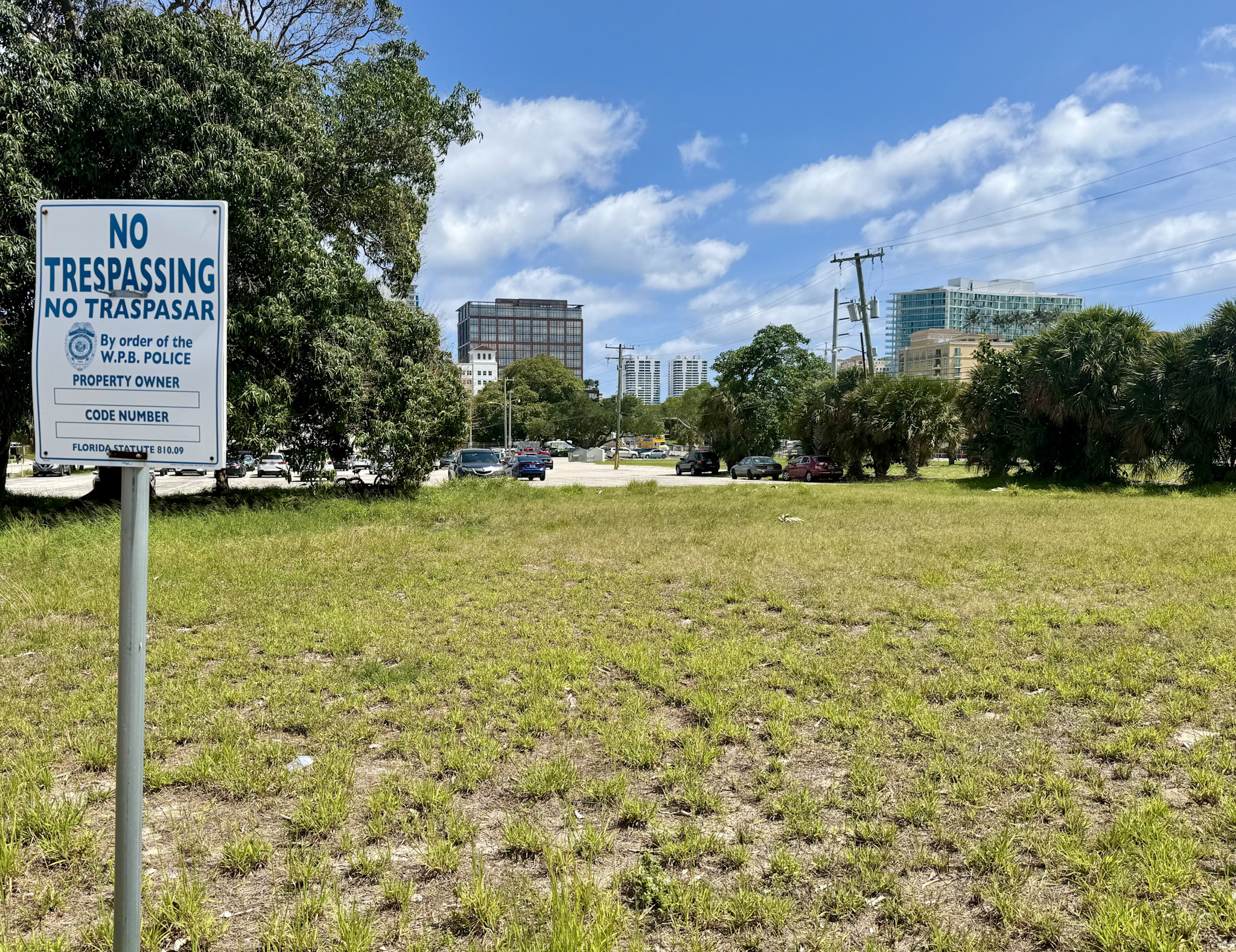Analysis of Live TV Streaming Services and Their Alignment with Sustainable Development Goals
Introduction: A Paradigm Shift in Media Consumption
The transition from traditional cable subscriptions to live TV streaming services represents a significant industrial innovation, aligning with the principles of Sustainable Development Goal 9 (Industry, Innovation, and Infrastructure). This shift offers a more flexible, contract-free model for media consumption, with profound implications for several other SDGs, including those related to economic equality, education, and sustainable communities.
Infrastructure, Innovation, and Sustainability (SDG 9, 11, 12)
The Digital Foundation: Broadband as Essential Infrastructure
The viability of live TV streaming is entirely dependent on robust, high-speed broadband internet. This underscores the importance of digital infrastructure as a cornerstone for sustainable cities and communities (SDG 11).
- Access to these services requires a reliable internet connection, with recommended speeds of at least 100Mbps.
- The cost of broadband, approximately $50 to $60 per month, can offset the savings from discontinuing cable, highlighting an economic barrier to access.
- This dependency links the growth of the streaming market directly to progress on universal and affordable internet access, a key target under SDG 9.
Technological Advancements and Responsible Consumption
Streaming services have introduced innovations that promote more efficient resource use, contributing to SDG 12 (Responsible Consumption and Production).
- Cloud DVRs: Digital video recorders hosted in the cloud eliminate the need for physical set-top boxes, reducing electronic waste and the consumption of materials required for their production.
- Multi-Device Access: The ability to stream on existing devices (televisions, tablets, phones) further reduces the need for dedicated hardware, promoting a more sustainable consumption model.
Socio-Economic Implications (SDG 8, 10)
Economic Accessibility and the Digital Divide
The pricing structures and accessibility of streaming services reflect and influence socio-economic inequalities, a central concern of SDG 10 (Reduced Inequalities).
- Tiered Pricing: Services are broadly categorized into budget ($25-$50) and premium (from $80) tiers, offering choice but also creating a quality gap based on affordability.
- Simultaneous Streams: The number of users who can watch at once varies by service, with basic plans like Sling Orange limiting access to a single stream, potentially disadvantaging larger households with lower incomes.
- The Digital Divide: The fundamental requirement for broadband internet means that communities without affordable, reliable access are excluded from this technological shift, exacerbating existing inequalities.
Market Volatility and Economic Growth
The live TV streaming market is dynamic and volatile, characterized by frequent changes that impact consumers and the broader economy, relating to SDG 8 (Decent Work and Economic Growth).
- Price Adjustments: Major services including YouTube TV, Sling TV, and Hulu have implemented successive price increases.
- Service Discontinuation: Services such as AT&T TV Watch TV, TVision, and PlayStation Vue have been phased out, illustrating market instability.
- Contractual Disputes: Negotiations between service providers and networks lead to fluctuating channel lineups, as seen with Disney channels and regional sports networks, affecting service reliability and value.
Information Access for Strong and Educated Communities (SDG 4, 16)
The Critical Role of Local and Diverse Content
Access to a wide range of channels, particularly local news, is vital for fostering informed and engaged citizens, which is fundamental to achieving SDG 4 (Quality Education) and SDG 16 (Peace, Justice, and Strong Institutions).
- Local News Access: The availability of local affiliates like ABC, CBS, Fox, and NBC is a primary consideration for consumers. These channels provide essential community information, promoting civic engagement and accountability.
- Informed Citizenry: A diverse mix of channels ensures access to varied perspectives and educational content, contributing to lifelong learning opportunities for all.
Challenges to Consistent Information Access
The instability of channel offerings poses a significant challenge to the role of streaming services in supporting strong institutions.
- The constant flux in channel lineups due to expiring network contracts means that access to crucial news and information sources can be unpredictable.
- This volatility can undermine the reliability of these platforms as sources for consistent and diverse information, impacting the goals of SDG 16.
Analysis of SDGs, Targets, and Indicators
Sustainable Development Goals (SDGs)
-
SDG 8: Decent Work and Economic Growth
The article connects to SDG 8 by illustrating economic growth and transformation through innovation in the media and technology sectors. It describes the shift from traditional cable subscriptions to more flexible and innovative live TV streaming services. This highlights the dynamics of a modern, service-based economy, including competition, price adjustments, and the rise and fall of companies (e.g., AT&T TV Watch TV, TVision, and PlayStation Vue being “phased out”), which are all facets of economic activity and market evolution.
-
SDG 9: Industry, Innovation, and Infrastructure
This is a central theme of the article. It focuses on a technological innovation (live TV streaming services) and the critical infrastructure required to support it. The text explicitly states the need for “fast, reliable broadband internet” as a prerequisite for using these services. It discusses the quality of this infrastructure (mentioning a “100Mbps download service”) and its affordability, noting that the cost (“around $50 to $60 a month”) can undermine the savings from switching from cable. This directly relates to building resilient infrastructure and promoting inclusive and sustainable industrialization by making technology accessible.
-
SDG 16: Peace, Justice and Strong Institutions
The article relates to SDG 16 by touching upon public access to information. It emphasizes the importance of local channels such as “ABC, CBS, Fox and NBC,” which are primary sources of local news and information for many citizens. The text highlights how contract disputes between service providers and networks can lead to these channels being temporarily or permanently removed, thereby affecting the public’s ability to access information and stay informed.
-
SDG 17: Partnerships for the Goals
The article provides clear examples of the importance and fragility of partnerships, specifically private-private partnerships. The entire business model of streaming services relies on successful contract negotiations between platform owners (like Google’s YouTube TV, Roku) and content creators (like Disney, Fox). The article details instances where these partnerships break down, such as the dispute that caused YouTube TV to lose “Disney channels for two days,” illustrating the challenges in maintaining the collaborations necessary for service delivery.
Specific Targets
-
Target 8.2: Achieve higher levels of economic productivity through diversification, technological upgrading and innovation.
The article’s core subject—the rise of live TV streaming services as an alternative to traditional cable—is a direct example of technological upgrading and innovation within the entertainment industry. The description of services like Sling TV, Hulu Plus Live TV, and YouTube TV showcases a diversification of consumer choice and a move towards a more flexible, contract-free economic model.
-
Target 9.c: Significantly increase access to information and communications technology and strive to provide universal and affordable access to the Internet.
The article directly addresses this target by highlighting that access to streaming services is contingent upon having “fast, reliable broadband internet.” It discusses the affordability of this access, quoting a price of “$50 to $60 a month,” and explicitly states that this cost “can get swallowed up” by the savings from cord-cutting, thereby pointing to the challenge of ensuring internet access is affordable for everyone.
-
Target 16.10: Ensure public access to information.
This target is identified through the article’s emphasis on the availability of local news channels. The text states that a key step for consumers is choosing a service that “carries your ‘can’t miss’ cable channels,” specifically naming “ABC, CBS, Fox and NBC.” It also notes that “Not every service offers all of them in every area,” and contract disputes can cause channels to disappear, which directly impacts the consistency of public access to information.
-
Target 17.17: Encourage and promote effective public, public-private and civil society partnerships.
The article illustrates the dynamics of private-private partnerships through its reporting on the “contract dispute” between Google and Roku and the separate dispute that led to YouTube TV losing “Disney channels for two days.” These examples show how the success or failure of partnerships between technology platforms and content networks directly impacts consumers and the viability of the services.
Implied Indicators
-
Indicator: Cost of broadband internet access.
The article provides a quantifiable measure for this indicator, stating that a “100Mbps download service will cost around $50 to $60 a month.” This figure can be used to track the affordability of the necessary infrastructure for accessing digital services.
-
Indicator: Price volatility and range of digital services.
Progress towards economic innovation can be measured by tracking the prices of new services. The article provides data points, such as budget services costing “$25 and $50” and premium ones costing “$80 and up.” It also notes that YouTube TV, Sling TV, and Hulu have all “raised their prices,” indicating price volatility.
-
Indicator: Availability of local news channels on streaming platforms.
To measure public access to information (Target 16.10), one could track the percentage of streaming services that offer major local channels. The article implies this is a key metric by stating, “Not every service offers all of them in every area.”
-
Indicator: Frequency and duration of service disruptions due to partnership failures.
The effectiveness of partnerships (Target 17.17) can be measured by instances of their failure. The article provides a specific example that can be used as an indicator: the loss of “Disney channels for two days” on YouTube TV due to a contract dispute.
Summary Table
| SDGs | Targets | Indicators |
|---|---|---|
| SDG 8: Decent Work and Economic Growth | 8.2: Achieve higher levels of economic productivity through diversification, technological upgrading and innovation. |
|
| SDG 9: Industry, Innovation, and Infrastructure | 9.c: Significantly increase access to information and communications technology and strive to provide universal and affordable access to the Internet. |
|
| SDG 16: Peace, Justice and Strong Institutions | 16.10: Ensure public access to information. |
|
| SDG 17: Partnerships for the Goals | 17.17: Encourage and promote effective public, public-private and civil society partnerships. |
|
Source: cnet.com







